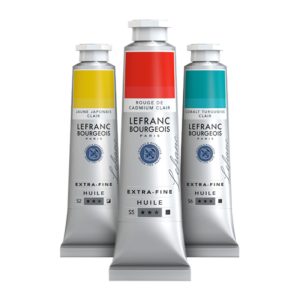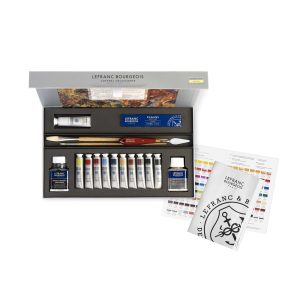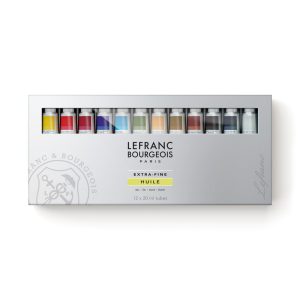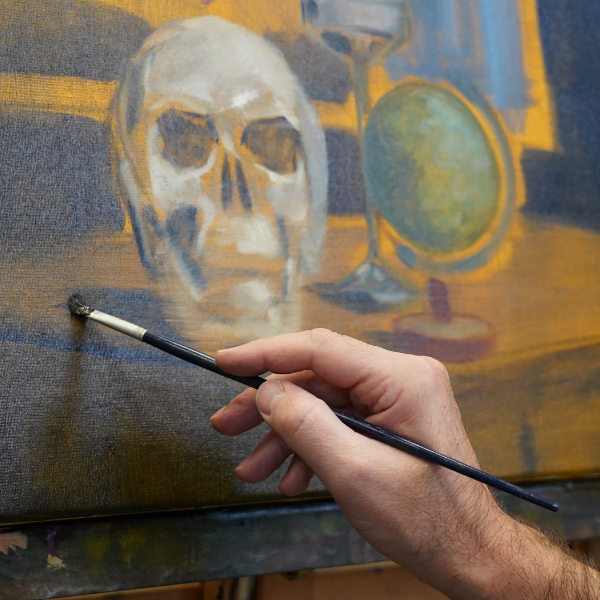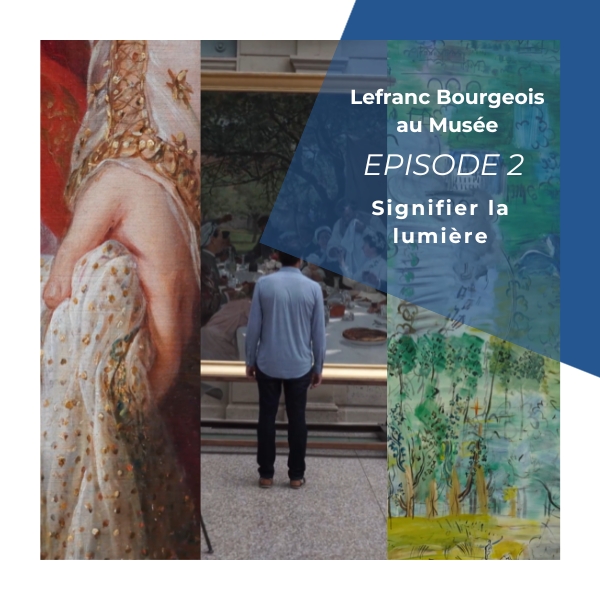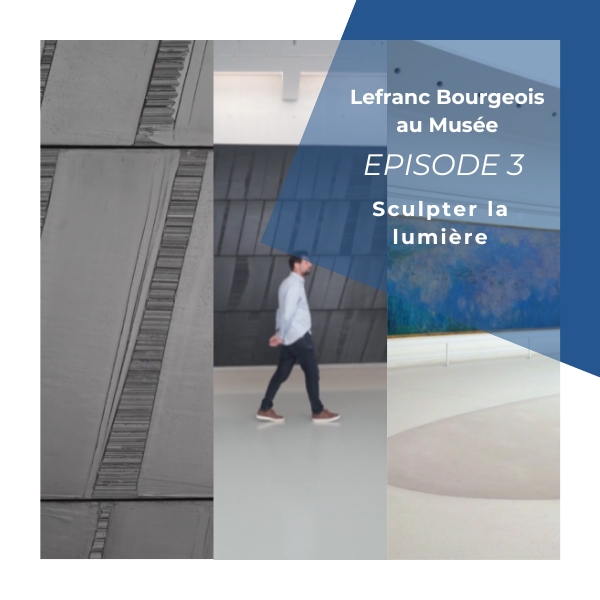Lefranc Bourgeois at the Museum Episode N°1: The genesis of oil painting
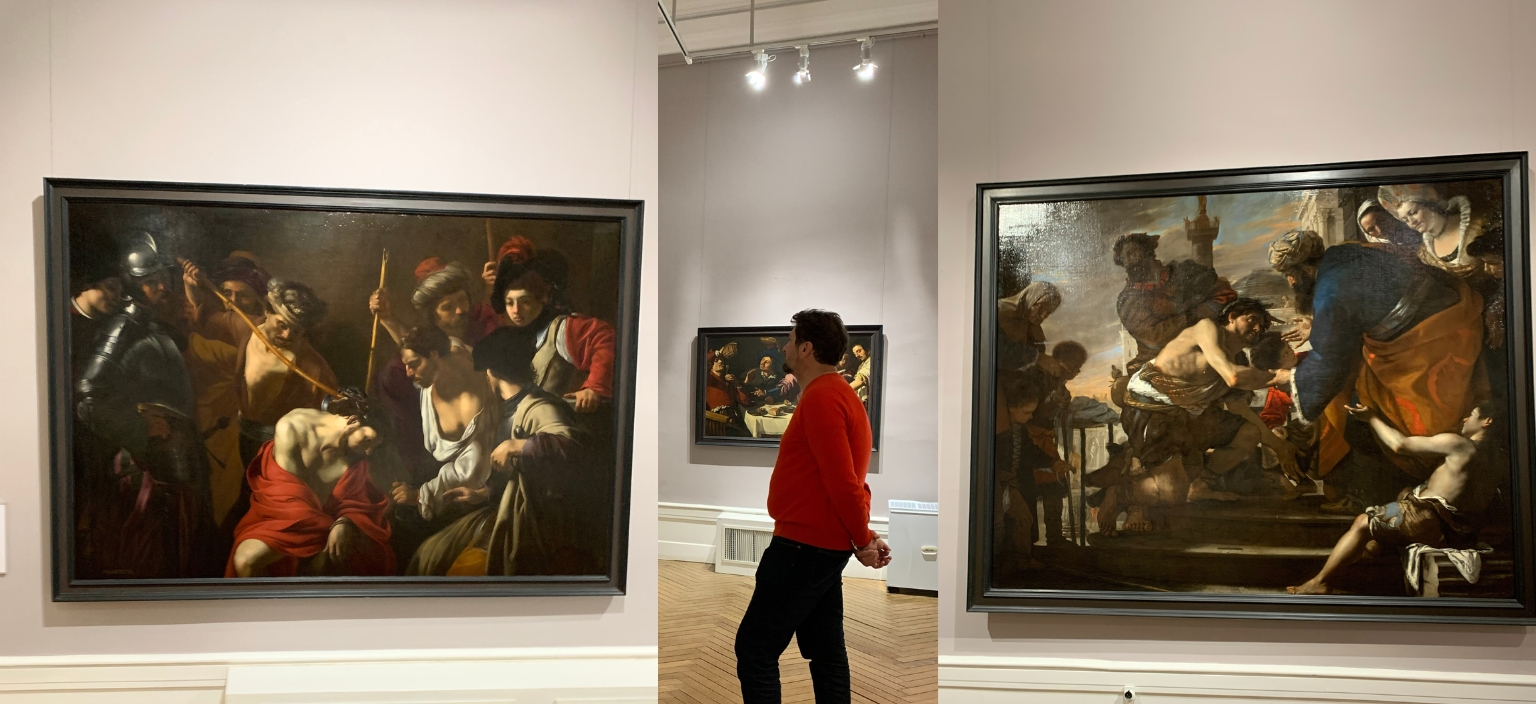
LEFRANC BOURGEOIS AT THE MUSEUM
Every year, Lefranc Bourgeois invites you to visit museums and reveal their treasures. We'll be traveling through time in 3 museums, from the Renaissance to the present day. Olivier Masmonteil tells us about the history of art and reveals the legacy of Lefranc Bourgeois. Let's set off to learn oil painting techniques and discover the great masters of each period.
Let's start our journey at the Musée de Tessé in Le Mans, with its fascinating collection tracing the genesis of oil painting from room to room.
SEE EPISODE N°1
THE CARAVAGE
Michelangelo Merisi da Caravaggio, also known as Caravaggio the master of chiaroscuro, was an Italian painter of the Renaissance. He exerted a significant influence on many great artists, marking the emergence of Caravaggism.
Caravaggio's works are a series of paintings inspired by his work. He manages to bring out the drama in the arrangement and colors used. The nuances are born of a certain encounter... Do you know which one?
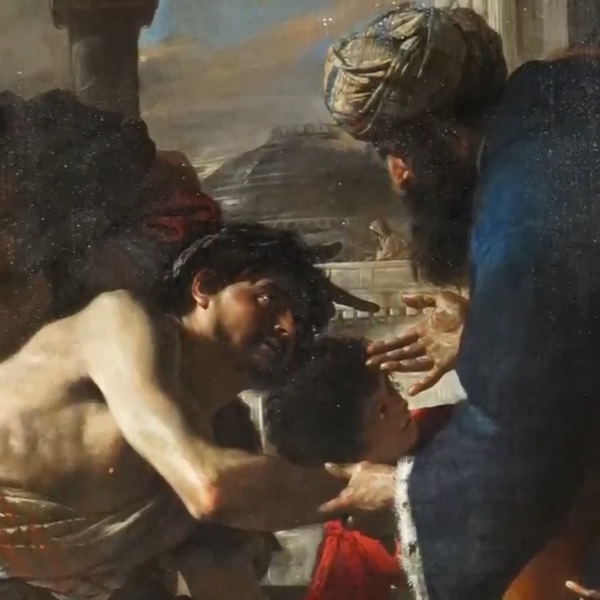
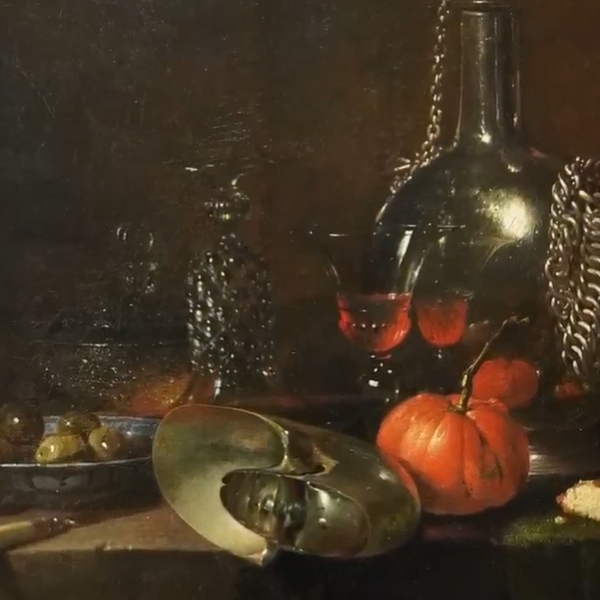
THE ENCOUNTER BETWEEN PIGMENTS AND TECHNIQUE
The Musée de Tessé unveils a captivating collection tracing the genesis of oil painting from room to room, from the encounter with pigments in southern Italy to the techniques of Flemish and Dutch artists in the north. The boom in travel and exchanges between European ports played an essential role in disseminating the riches of each country.
As we explore the themes of still life and chiaroscuro, it's worth pointing out that these concepts are linked to this period. But do you know what a still life is?
PAINTING A STILL LIFE
Still life, a field in which Northern painters excelled, is painting that depicts inanimate objects or beings. Their mastery of this art form allows the viewer to plunge into a miniature world, captivated by the almost photographic precision of the compositions. To achieve this, painters play with chiaroscuro, a technique that creates contrast between light and dark areas to create depth.
Discover how to work with chiaroscuro in still-life painting in our video tutorial with artist Olivier Masmonteil.
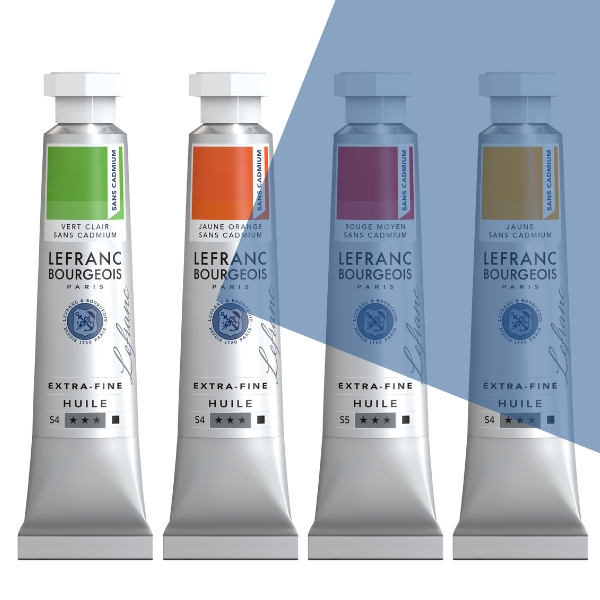
CADMIUM-FREE COLORS
After more than ten years' research, our chemists have succeeded in extracting cadmium from extra-fine oil paints. A technical feat that reduces the ecological and environmental impact while offering the same paint characteristics in terms of consistency, color and pigment strength.
AN INNOVATIVE WHITE
The main characteristic of pigments of natural origin is that most of them tend to be toxic. As a result, 18th-century color producers had some dangerous products on hand, which had to be tamed. Gradually, non-hazardous alternatives were found to offer colors suitable for intensive use without risk to health.
As early as the 18th century, synthetic pigments such as zinc white and silver white were used to create tints, which were superseded in 1922 by titanium white, which is non-hazardous and provides better coverage.


THE FLEMISH MEDIUM
Developed in 1954, the Flemish medium offers the possibility of creating transparent lacquers and experimenting with various material and opacity effects.
This additive was inspired by Flemish painters who sought a highly lacquered, dense and textured finish. In fact, it greatly increases the gloss of the oil. After half a day's work, layers of color can be superimposed.
CONTINUE THE LEFRANC BOURGEOIS SERIES AT THE MUSEUM
ALL PRODUCTS FOR OIL PAINTING
